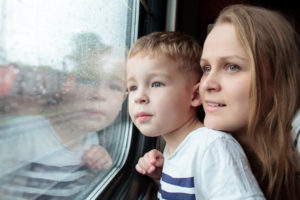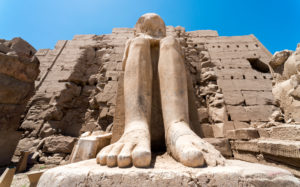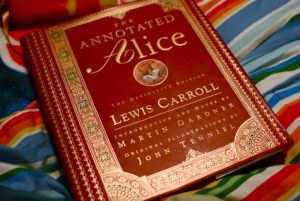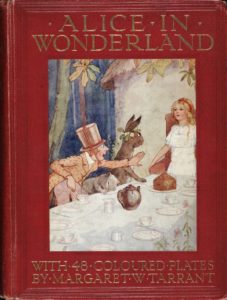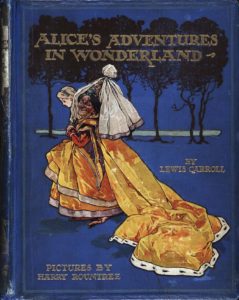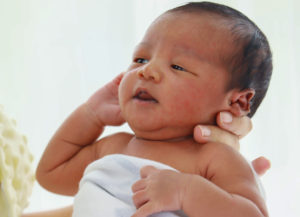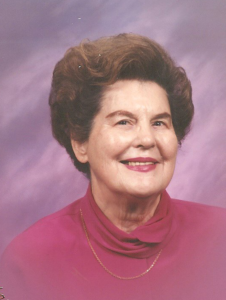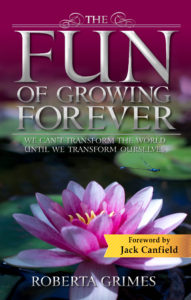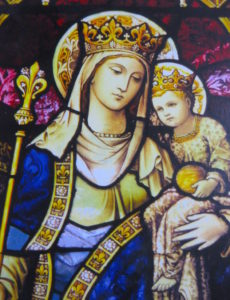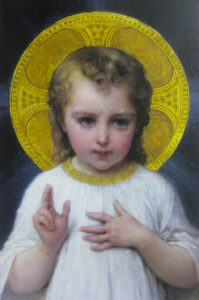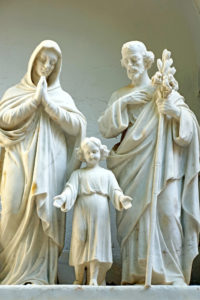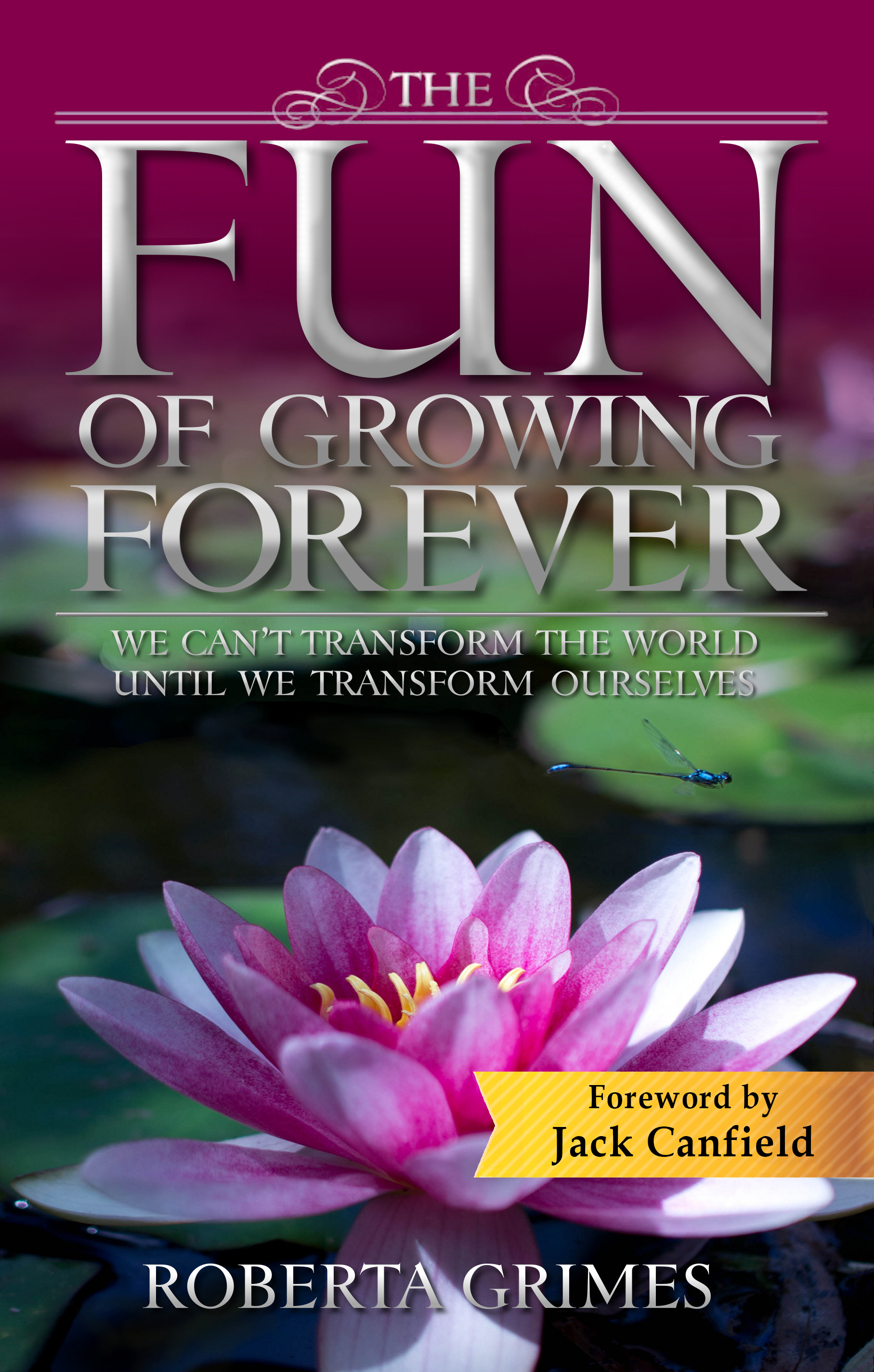How do I love thee? Let me count the ways!
I love thee to the depth and breadth and height
My soul can reach, when feeling out of sight
For the ends of Being and Ideal Grace.
I love thee to the level of every day’s
Most quiet need, by sun and candle-light.
I love thee freely, as men strive for Right.
I love thee purely, as they turn from Praise.
– Elizabeth Barrett Browning (1806-1861), from Sonnets from the Portuguese #43 (1850)
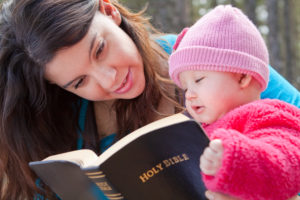 Perhaps by now you might assume that I don’t much care for the Christian Bible. It is obvious to anyone who has studied the Bible without a religious bias that, far from being all God’s inspired word, a lot of it is man-made ramblings. But there are parts of the Bible that came directly from the genuine God, speaking through God’s chosen prophets. And there are parts that are preserved from the time when God walked the earth as Jesus, who studied us through human eyes and thereby came to better understand us so He could give us the Gospel teachings that will help us bring the kingdom of God on earth. And then God in the person of Jesus chose to have His body die, not to save us from God’s wrath because of course no such sacrifice was needed; but instead, God in the person of Jesus chose to die a very public death so He could then reanimate His dead body and thereby prove to us that death is an illusion. And when the body that God had used was murdered, He left proof of His body’s having been truly dead so He could rise from the dead in a resurrection which can be scientifically proven only now, in this much more cynical age, to in fact have been a real resurrection. It was a demonstration done two thousand years ago, but intended for the twentieth century and beyond!
Perhaps by now you might assume that I don’t much care for the Christian Bible. It is obvious to anyone who has studied the Bible without a religious bias that, far from being all God’s inspired word, a lot of it is man-made ramblings. But there are parts of the Bible that came directly from the genuine God, speaking through God’s chosen prophets. And there are parts that are preserved from the time when God walked the earth as Jesus, who studied us through human eyes and thereby came to better understand us so He could give us the Gospel teachings that will help us bring the kingdom of God on earth. And then God in the person of Jesus chose to have His body die, not to save us from God’s wrath because of course no such sacrifice was needed; but instead, God in the person of Jesus chose to die a very public death so He could then reanimate His dead body and thereby prove to us that death is an illusion. And when the body that God had used was murdered, He left proof of His body’s having been truly dead so He could rise from the dead in a resurrection which can be scientifically proven only now, in this much more cynical age, to in fact have been a real resurrection. It was a demonstration done two thousand years ago, but intended for the twentieth century and beyond!
The fact that the Bible is not a magic-book doesn’t mean that it is not God’s Book. I spent forty years of my life reading the Bible over and over again, a couple of pages every night, from the age of twelve until the age of fifty-two. I read that Book from cover to cover what was probably as many as twenty times, and the New Testament twice as many times. And in many parts, the Bible is beautiful! There are portions of the Christian Bible that are God’s love song to humankind. You cannot be me reading the story of Moses, imagining him staring at that burning bush that was not consumed, and not recall the way God called to me, too, from out of a light when I was eight. Or reading about Joseph of the coat of many colors, who was sold into Egypt so he could save the Hebrew people, and then seeing photos of the recently-unwrapped mummy of that very same Joseph who had the face of a Hebrew man, with his features well-preserved so I could see God working in the world, and not flat-out grin! Omigod, there was Joseph’s actual face! These were all real people! I had spent so much of my life reading about them, and I could see now that they had all really lived thousands of years ago! You could not read about David as a boy, and then King David as a man, and read all his beautiful, heartfelt Psalms, and not fall in love with the adorable human imperfections of him! And Isaiah the Great, whose words were the perfect words of God spoken seven hundred years before Jesus quoted those very same words! All those people were real, and they made God real. Oh no, my dear friends, I don’t despise the Bible! I love the Bible as I love my life!
 How could you not love the written record of such an amazing time? Over a period of sixteen hundred years, God spoke to the world’s first monotheists through a series of prophets, and Jesus spoke, and then the crusty but endearing and indispensable Apostle Paul wrote, and many of their words were miraculously preserved. As the American Founding Father Thomas Jefferson memorably said of the words of Jesus – and he was a farmer who had known dunghills in his time! He said that those genuine words of Jesus are as distinguishable in the Bible amid all that human-made dross as are “diamonds in a dunghill.” And so they are. But that dunghill holds so many words! You could use your Bible as a doorstop. If you then hit it with your foot, you could stub your toe. My New International Version of the Bible contains some 727,969 words. That is more than three million individual letters! I have read it over and over again over forty years of my life and on more than fourteen thousand evenings, so I am very familiar with it now. But you aren’t. And I can ask you please to trust me when I opine about the Bible to you; but still, the Bible is never going to mean to you what it means to me. I do so wish that there were a former Christian in the world who was as familiar with the Bible as I am, with whom I could discuss what I am seeing now. Because I can see something beginning to develop between clueless humankind and an infinitely loving God, and I am joyous about it! The dawning glimmer of understanding on our side. The effort on God’s side to proclaim love over and over again. And finally, the channeled proclamation on God’s part so beautiful that you cannot read it without feeling your heart soar. As we work on developing Seek Reality Online, we have decided to add a sixth segment for members that will be built around the Bible, and Thomas is really pleased about that! There isn’t room here to say very much, but I will share with you three samples taken from the Bible that illustrate what seems to be starting to happen in the world.
How could you not love the written record of such an amazing time? Over a period of sixteen hundred years, God spoke to the world’s first monotheists through a series of prophets, and Jesus spoke, and then the crusty but endearing and indispensable Apostle Paul wrote, and many of their words were miraculously preserved. As the American Founding Father Thomas Jefferson memorably said of the words of Jesus – and he was a farmer who had known dunghills in his time! He said that those genuine words of Jesus are as distinguishable in the Bible amid all that human-made dross as are “diamonds in a dunghill.” And so they are. But that dunghill holds so many words! You could use your Bible as a doorstop. If you then hit it with your foot, you could stub your toe. My New International Version of the Bible contains some 727,969 words. That is more than three million individual letters! I have read it over and over again over forty years of my life and on more than fourteen thousand evenings, so I am very familiar with it now. But you aren’t. And I can ask you please to trust me when I opine about the Bible to you; but still, the Bible is never going to mean to you what it means to me. I do so wish that there were a former Christian in the world who was as familiar with the Bible as I am, with whom I could discuss what I am seeing now. Because I can see something beginning to develop between clueless humankind and an infinitely loving God, and I am joyous about it! The dawning glimmer of understanding on our side. The effort on God’s side to proclaim love over and over again. And finally, the channeled proclamation on God’s part so beautiful that you cannot read it without feeling your heart soar. As we work on developing Seek Reality Online, we have decided to add a sixth segment for members that will be built around the Bible, and Thomas is really pleased about that! There isn’t room here to say very much, but I will share with you three samples taken from the Bible that illustrate what seems to be starting to happen in the world.
In my New International Version of the Bible, the word “love” appears 686 times from Genesis through Revelation. Micah was a contemporary of the great Isaiah, but he was a “minor” prophet, and one of twelve at that. Micah was just a simple, down-home guy. I loved him as a child because what he said was always sensible and to the point. At a time when there were different kinds of burnt offerings prescribed by fearful humankind for different kinds of sins, Micah kind of threw up his hands and said,
“With what shall I come to the Lord
And bow myself before the God on high?
Shall I come to Him with burnt offerings,
With yearling calves?
Does the Lord take delight in thousands of rams,
In ten thousand rivers of oil?
Shall I present my firstborn for my rebellious acts,
The fruit of my body for the sin of my soul?
He has told you, O man, what is good;
And what does the Lord require of you
But to do justice, to love kindness,
And to walk humbly with your God?” (Micah 6:6-9).
When I was ten, one day I cut from somewhere the last four lines of Micah’s plaint above. I taped them to the wall above my desk, where they remained for the rest of my growing-up.
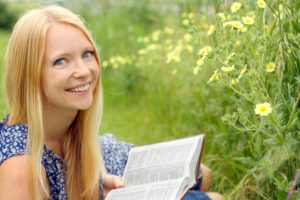 And then we come to Jesus, who spent three years delivering a Ph.D.-level course in spiritual growth, not all of which survives. He summed up the entire Old Testament in the twin Commandments that we love God and love one another.
And then we come to Jesus, who spent three years delivering a Ph.D.-level course in spiritual growth, not all of which survives. He summed up the entire Old Testament in the twin Commandments that we love God and love one another.
“A new commandment I give to you, that you love one another, even as I have loved you, that you also love one another” (JN 13:34).
“‘Love the Lord your God with all your heart and with all your soul and with all your mind.’ This is the first and greatest commandment. And the second is like it: ‘Love your neighbor as yourself.’ All the Law and the Prophets hang on these two commandments” (MT 22:37-40).
And finally, one Saturday morning in May of 2019, when I had a blog post due tomorrow but I was running on empty, I woke up with 1Cor 13 playing in my mind, and with Thomas saying over it that most of Paul’s letters were Paul’s own words, but this chapter had been channeled. I opened my Bible, and that fact was obvious: the chapters before it and after it are in Paul’s voice and on other topics, and between them comes this magnificence:
“If I speak in the tongues of men or of angels, but do not have love, I am only a resounding gong or a clanging cymbal. If I have the gift of prophecy and can fathom all mysteries and all knowledge, and if I have a faith that can move mountains, but do not have love, I am nothing. If I give all I possess to the poor and give over my body to hardship that I may boast, but do not have love, I gain nothing.
“Love is patient, love is kind. It does not envy, it does not boast, it is not proud. It does not dishonor others, it is not self-seeking, it is not easily angered, it keeps no record of wrongs. Love does not delight in evil but rejoices with the truth. It always protects, always trusts, always hopes, always perseveres.
“Love never fails. But where there are prophecies, they will cease; where there are tongues, they will be stilled; where there is knowledge, it will pass away. For we know in part and we prophesy in part, but when completeness comes, what is in part disappears. When I was a child, I talked like a child, I thought like a child, I reasoned like a child. When I became a man, I put the ways of childhood behind me. For now we see only a reflection as in a mirror; then we shall see face to face. Now I know in part; then I shall know fully, even as I am fully known.
“And now these three remain: faith, hope and love. But the greatest of these is love” (1Cor 13).
 The parts of the Bible that were channeled by God are about love, and only about love! No one who claims to be following the Bible will ever less than perfectly love anyone. Yet so often, people will split hairs about who they are willing to love, and who has wronged them so they can’t love them anymore. In 1943, a father watched as his wife and children were led away to the gas chambers at Auschwitz. And he still loves the guards who murdered his family, to the point where right now he is in the Outer Darkness trying to rescue those guards. True story! In fact, multiply it by the hundreds of thousands and you will understand why the Outer Darkness today teems with fathers lovingly trying to rescue hundreds of thousands of wailing concentration camp guards. You also will understand why I have no problem with sincerely forgiving and loving the woman who was arrested last April for having stolen most of my retirement savings. Now, please tell me again what anyone ever can possibly do to you that could be worth your refusing to forgive and love everyone?
The parts of the Bible that were channeled by God are about love, and only about love! No one who claims to be following the Bible will ever less than perfectly love anyone. Yet so often, people will split hairs about who they are willing to love, and who has wronged them so they can’t love them anymore. In 1943, a father watched as his wife and children were led away to the gas chambers at Auschwitz. And he still loves the guards who murdered his family, to the point where right now he is in the Outer Darkness trying to rescue those guards. True story! In fact, multiply it by the hundreds of thousands and you will understand why the Outer Darkness today teems with fathers lovingly trying to rescue hundreds of thousands of wailing concentration camp guards. You also will understand why I have no problem with sincerely forgiving and loving the woman who was arrested last April for having stolen most of my retirement savings. Now, please tell me again what anyone ever can possibly do to you that could be worth your refusing to forgive and love everyone?
I love thee with the passion put to use
in my old griefs, and with my childhood’s faith.
I love thee with a love I seemed to lose
with my lost saints. I love thee with the breath,
Smiles, tears, of all my life; and, if God choose,
I shall but love thee better after death.
– Elizabeth Barrett Browning (1806-1861), from Sonnets from the Portuguese #43 (1850)


















